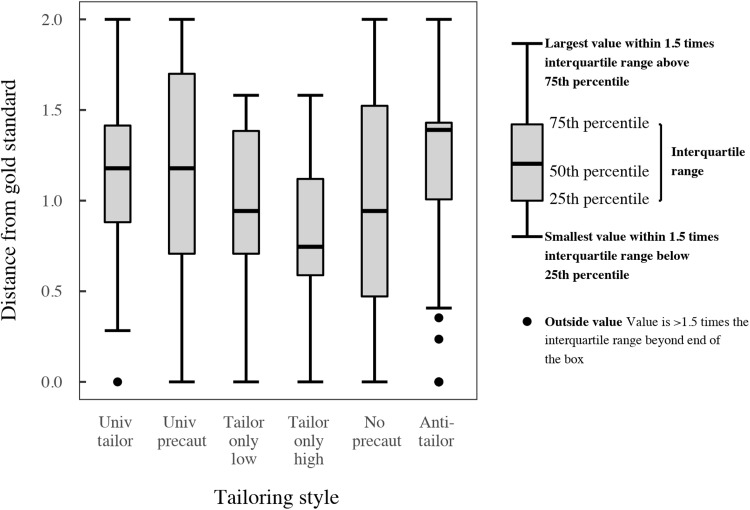Fig. 1. Box-and-whisker plot for the distribution of physicians based on their communication strategy resemblance scores.
“Distance from gold standard” (i.e., resemblance score) reflects the Euclidean distance between physicians’ tailoring signatures and idealized gold standard representations of possible communication strategies (e.g., for universal tailoring, the idealized is 100% of all low-complexity messages with low HL patients and 100% of high-complexity messages with high HL patients; please see Materials and Methods for more detailed explanation of how distance scores are generated). In addition to showing distributions for universal tailoring (“Univ tailor”) and universal precautions (“Univ precaut”), the figure also includes the four other mutually exclusive strategies that are conceptually possible. Resemblance to “Tailor only low” corresponds to physicians who use low-complexity language with only low HL patients but are inconsistently concordant and discordant with high HL patients. “Tailor only high” corresponds to physicians who use high-complexity language with only high HL patients but are inconsistently concordant and discordant with low HL patients. “No precaut” corresponds to physicians who consistently use high-complexity language for all patients. “Anti-tailor” corresponds to physicians who consistently use high complexity with low HL patients and use low complexity with high HL patients.

